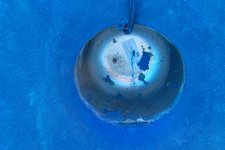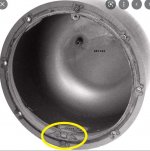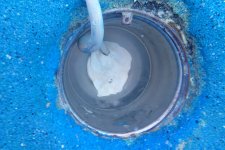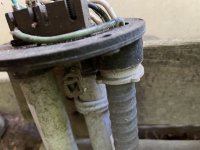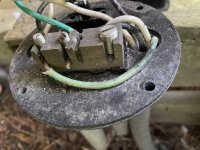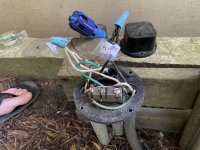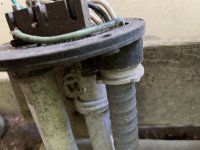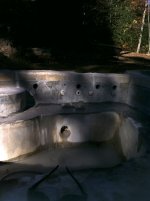- Jul 15, 2012
- 636
- Pool Size
- 30
- Surface
- Plaster
- Chlorine
- Salt Water Generator
- SWG Type
- Hayward Aqua Rite (T-15)
I needed to replace a broken bulb and so I removed my pool light last week. I noticed what seemed like a deteriorated seal or gasket around the niche itself - apart from the fixture. Looks like the pool refinisher simply applied fresh diamondbrite on top of the rubbery material when he refinished this spring. The fixture screws in on the top mounting screw normally, but sits very loosely within the niche (always been loose to touch). Perhaps the material I see was someone's prior attempt to get the fixture to fit more snugly with sealant?
Anyway I am wondering if I should remove it? And might the area at the bottom be a source of a leak now or in the future?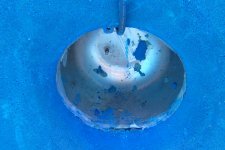
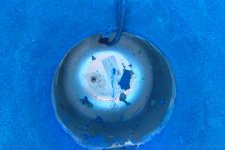
Anyway I am wondering if I should remove it? And might the area at the bottom be a source of a leak now or in the future?


Attachments
Last edited by a moderator:


